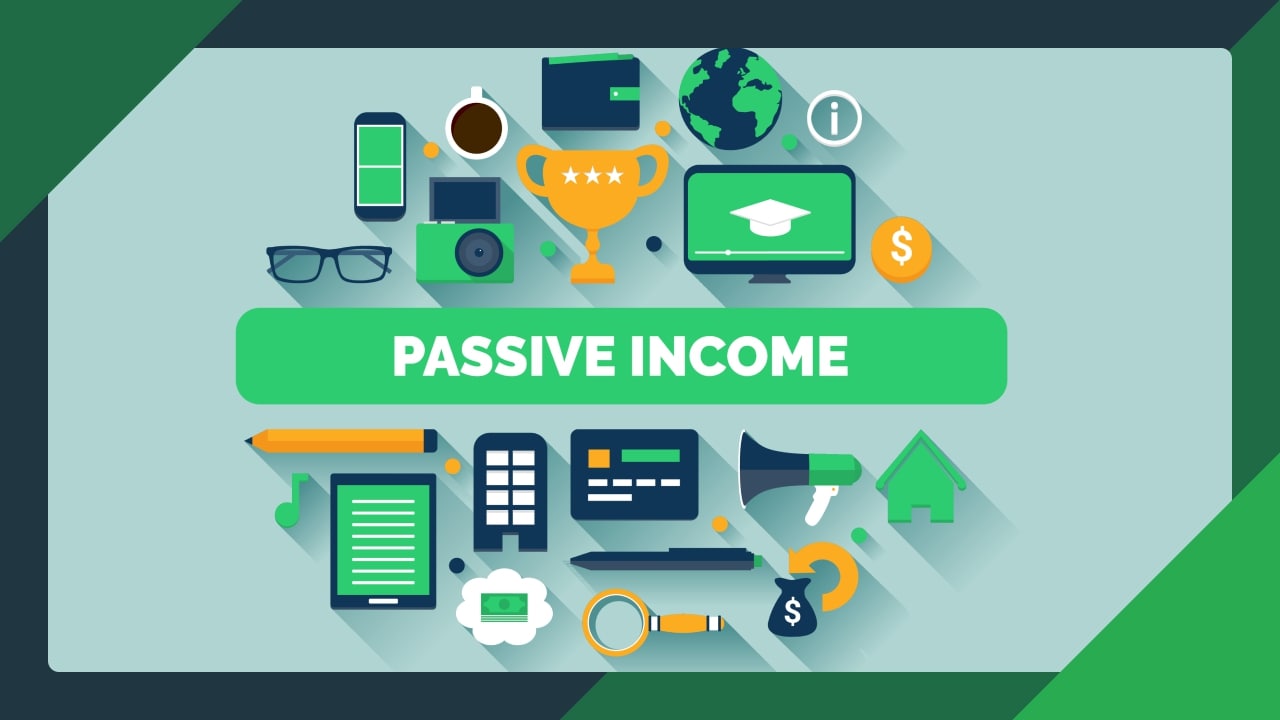Buy and hold generates passive income and wealth with less work. Acquiring assets such as stocks, real estate, or bonds and holding them for the long term yields appreciation, income (in the form of dividends or rent), and compounding. A challenging yet straightforward strategy that targets long-term growth overlooks short-term noise, reduces fees and taxes, and eliminates market timing anxiety – a path to financial freedom and passive income.
What is Buy-and-Hold Investing?
Buy-and-hold investing means buying assets like stocks, real estate or ETFs and holding them for a long time, no matter what the short-term market does. The philosophy is simple: good assets go up over time, and holding through market cycles means big growth.
Why does Buy-and-Hold work?
- Long-Term Growth: Both equities and real estate have gone up over long periods, even if they go down in the short term.
- Less Stress: You won’t make emotional decisions based on market noise.
- Lower Fees: Fewer trades mean lower fees and taxes, especially as long-term capital gains are taxed at a lower rate.
- Compounding Returns: Placing dividends or rental income back into your investments will help you grow your portfolio faster.
Tip: Keep your eyes on your long-term goals, and don’t respond to the day’s headlines.
How Buy-and-Hold Generates Passive Income?
Buy-and-hold investing generates passive income mainly in the form of dividends and rents. The majority of stocks and funds pay common dividends, giving you a constant flow of cash that can be reinvested to accumulate or as income. Real estate investments, particularly rental property, provide continuous rental payments while the properties increase in value over time.
For instance, if you invest in 100 shares of stock at $10 per share and the stock increases at 7% annually, your investment might almost double within 10 years, even without considering any additional returns through dividends.
Key Steps to Building a Buy-and-Hold Passive Income Stream
Before you begin creating a passive income stream with buy-and-hold investing, you must have a foundation. That involves understanding your financial objectives, selecting the appropriate assets and being aware of how to finance and reinvest. With a strategy and discipline, you can use the power of long-term growth and consistent income to create wealth over time. Below are the important steps to follow:
-
Set Clear Financial Goals
Start by defining how much passive income you want to generate and the timeframe you have. Whether you want to supplement your current income or achieve financial independence, having specific goals will help you determine what investments to pursue and what level of risk you’re comfortable with.
-
Choose the Right Assets
- Stocks and ETFs: Focus on companies with strong fundamentals and a history of paying dividends. These will give you a reliable income and capital appreciation over time.
- Real Estate: Look for properties in stable or growing markets with high rental demand. Turnkey properties or those in emerging neighbourhoods often give better cash flow and appreciation.
- Diversification: Spread your investments across different sectors and asset classes to reduce risk and improve portfolio resilience.
Note: Over the past 30 years, the S&P 500 has returned around 10% per year, including dividends. US residential real estate has appreciated 4-6% per year over the past decade, and rental demand is strong in many areas.
-
Understand Financing Options
If you’re investing in real estate, financing is key. Debt Service Coverage Ratio (DSCR) loans have become popular because they focus on the property’s income, not your personal income. As of early 2025, DSCR loan rates are 6.5-8.5%, with some lenders offering up to 10.5% depending on the property and borrower. Properties with a DSCR of 1.25 or higher often qualify for better rates.
Tip: Shop around for DSCR loan rates and compare offers from multiple lenders. Improve your property’s rental income or reduce your operating expenses to increase your DSCR and get better loan terms.
-
Be Patient and Disciplined
Buy-and-hold investing means long-term thinking. Don’t react to short-term market fluctuations or headlines. Historically, investors who are patient and hold through market cycles do better than those who try to time the market.
-
Reinvest Earnings
Reinvest dividends or rental income back into your portfolio whenever possible. This accelerates compounding and can add up to significant passive income over time, helping you achieve your financial goals faster.
Common Pitfalls to Avoid
When building a passive income stream through buy-and-hold investing, you need to be aware of common mistakes that can trip you up. Avoiding these early on will save you time, money and frustration and help you grow your income over the long term.
- Concentrating too much money on one asset, sector, or market is riskier. Diversify across stocks, real estate and industries.
- Failing to monitor rental income, expenses, and occupancy rates can hurt real estate returns. A declining DSCR can trigger worse loan terms or even default.
- Overlooking ongoing costs like maintenance, property taxes, insurance, and vacancies can quickly erode profits if they are not accounted for.
- Ignoring market trends like changes in interest rates, local economies, or regulations can impact property cash flow and financing. Rising DSCR loan rates are a big example.
- Poor tax planning on dividends, rental income and capital gains can reduce net returns. Work with a tax pro to optimize your investment strategy.
- Letting emotions drive decisions means you’ll buy high and sell low. Stick to your long-term plan to avoid costly mistakes.
Conclusion
Buy-and-hold investing is a proven way to build passive income and long-term wealth. Focusing on quality assets, being disciplined and using smart financing options like DSCR loans while monitoring DSCR loan rates can create a stable and growing income stream for the future. Remember, building financial freedom is a journey that rewards consistency and patience. Start today, stay committed and let your investments work for you.































